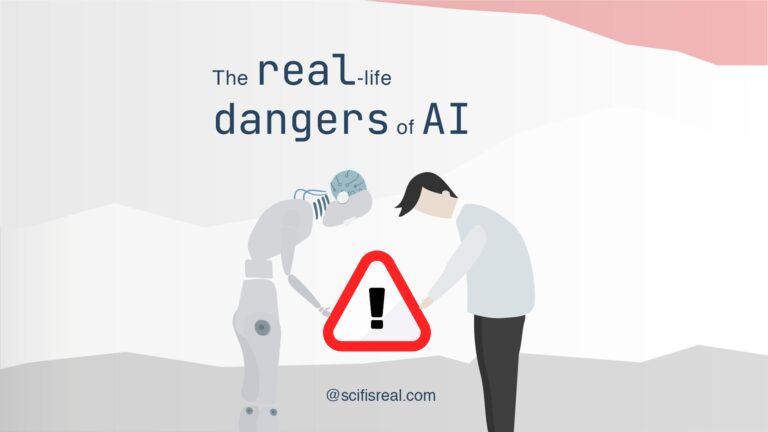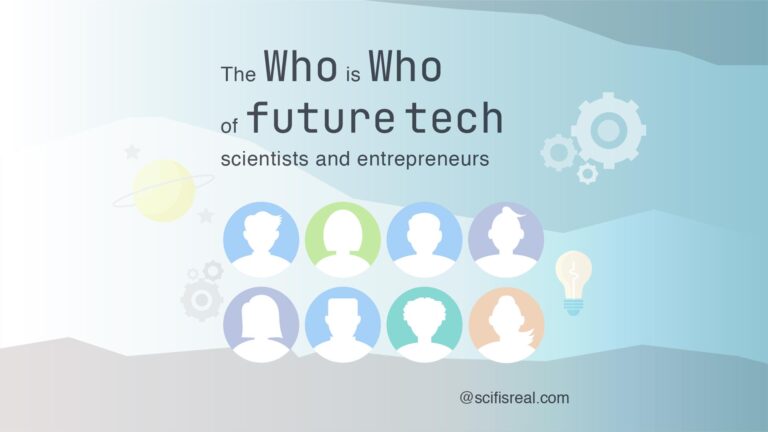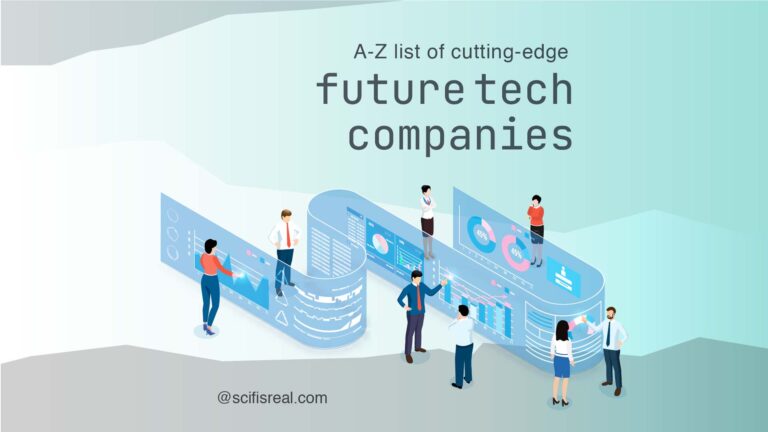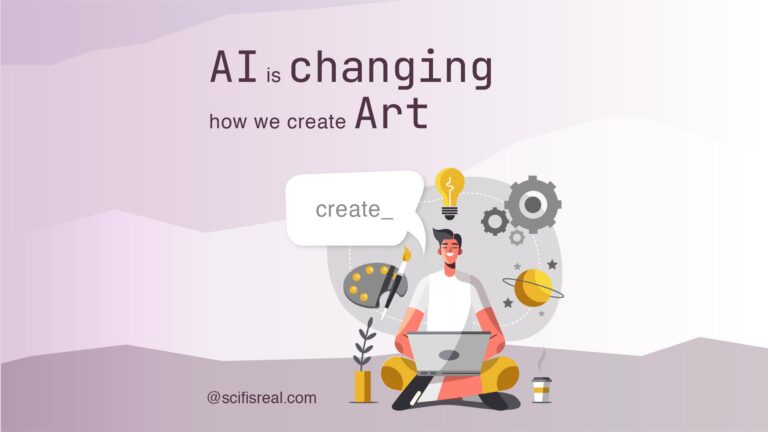Advanced humanoid robots that already exist
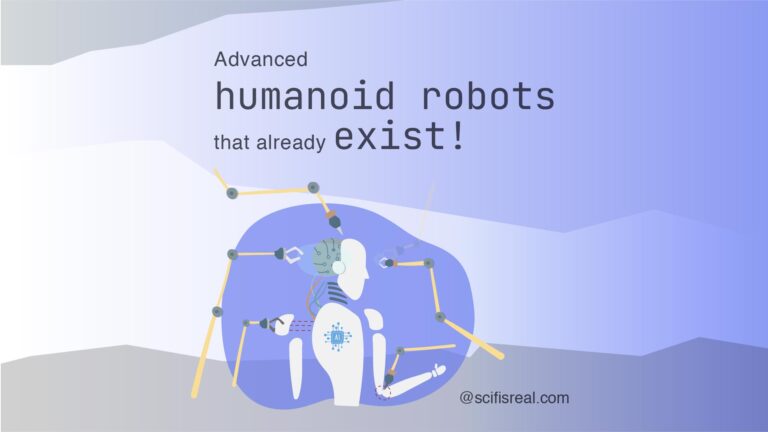
Humanoid robots are slowly but surely making their way into our everyday lives. You may have seen them in movies or on TV, but what you may not know is that they’re already out there and you will soon actually be able to buy them. These advanced humanoid robots come in all shapes and sizes, and each has its own unique set of features and functions. Some are designed for commercial use, while others are geared toward consumers. So what exactly is a humanoid robot, and why are they becoming so popular? Let’s take a closer look.
What were the first humanoid robots?
Humanoid robots have been around for years, although they were not always called that. Early humanoid robots were typically made in the likeness of humans, with movable limbs and the ability to speak or make other sounds. These robots were mechanical and were called Automatons or Automata. One of the earliest humanoid robots is believed to be Leonardo da Vinci’s “Automa”, which was designed in the 1500s. However, it was not until the 20th century that humanoid robots began to be developed commercially.
One of the first commercial humanoid robots was Sony’s Aibo, which was released in 1999. Aibo was a robotic dog that could walk, wag its tail, and respond to various commands. Since then, many other companies have developed their own humanoid robots, including Honda, Toyota, and Samsung. Humanoid robots are now used in a variety of industries, including manufacturing, healthcare, and retail.
Some of the most popular consumer humanoid robots include the Honda Asimo, the Samsung Bot Care, and the Toyota Human Support Robot. These robots are typically used for tasks such as cleaning, assisting with mobility, and providing companionship. They can be expensive, however, with prices ranging from several thousand dollars to tens of thousands of dollars.
How much does an advanced humanoid robot cost?
Despite their high cost, consumer humanoid robots are becoming increasingly popular. This is likely due to the continued advancement of robotics technology and the growing demand for smart devices in homes. As these robots become more sophisticated and affordable, their popularity will likely continue to grow. Prices for advanced humanoid robots can vary greatly, depending on the features and capabilities. Some models may cost as little as a few hundred dollars, while others may cost tens of thousands of dollars. As we are getting closer than ever to the mass production of more advanced robots utilizing the latest in AI, the cost will be affordable to the everyday consumer when we reach that point.
Sophia the Robot by Hanson Robotics
Sophia the Robot is perhaps one of the most well-known humanoid robots. She was created by Hanson Robotics and made her public debut in 2016. Since then, she has made numerous public appearances and even gave a TED talk. Sophia is designed to look and act like a human, with lifelike features and the ability to show emotions. She is also equipped with artificial intelligence (AI) and can communicate with people. She can also draw and paint and her art has been featured in galleries around the world.
Sophia is the first non-human to be granted citizenship in any country. She is the first robot to be granted citizenship of Saudi Arabia.
How much does Sophia the Robot cost?
Sophia the Robot is not currently available for purchase. However, her creator, Hanson Robotics, offers a limited edition “Sophia Instantiation” for $75,000. This includes a replica of Sophia as well as software that allows you to control her movements and expressions.
You can, however, preorder Sophia’s little sister for as little as $249 USD. Sophia’s little sister is the newest member of the Hanson Robotics family. She is 14” tall and makes learning STEM, coding, and AI a fun and rewarding adventure for kids 8+ years old.
CyberOne the humanoid robot by Xiaomi
CyberOne is an advanced humanoid robot developed by Xiaomi, a Chinese electronics company. He was unveiled in 2019 and is designed for use in the home. CyberOne is equipped with AI and can recognize and respond to human emotions. He can also connect to the internet and perform various tasks, such as playing music or controlling smart devices.
Ameca the robot by Engineered Arts
Ameca is a humanoid robot developed by Engineered Arts, a UK-based robotics company. She was unveiled in 2019 and is designed for use in public settings, such as museums or shopping centers. Ameca is equipped with AI and can interact with people. She can also provide information about her surroundings and answer questions.
Tesla Optimus (Tesla Bot)
Optimus is a humanoid robot prototype that was revealed by Tesla’s CEO Elon Musk at a Silicon Valley event in October 2022, after only one year of the company announcing that they intend to delve into robotics production for consumers. Optimus will be a human assistant able to perform everyday tasks such as watering house plants, moving objects etc. The robots will cost lower than $20,000 and will be available in three to five years’ time.
Unitree G1
Unitree G1 is the latest humanoid robot produced by Unitree Robotics and currently introduced to mass market consumer production with a starting price of $16,000.00. Combined with force-position hybrid control, it is sensitive and reliable, and can simulate human hands to achieve precise operation of objects.
Erica, the robot
Erica (ERato Intelligent Conversational Android) is a human-like robot developed by Hiroshi Ishiguro Laboratories in Japan. She was unveiled in 2016 and is designed for use in customer service settings, such as banks or restaurants. Erica is equipped with AI and can interact with people. She can also provide information about products or services and answer questions.
GR-1 by Fourier Intelligence
Fourier Intelligence, a Chinese robotics startup specializing in exoskeleton and rehabilitation robotics since 2015, will commence large-scale manufacturing of the GR-1 humanoid robot by the end of the year. GR-1 is designed to provide care for the elderly and assist in patient rehabilitation.
Geminoid HI-2
Geminoid HI-2 is the latest, advanced humanoid robot developed by Hiroshi Ishiguro Laboratories. This robot is equipped with sophisticated Artificial Intelligence and machine learning algorithms, which enable it to understand and respond to its environment. Geminoid HI-2 is designed to interact with humans and mimic their behavior, making it a revolutionary breakthrough in the field of robotics. This robot has the potential to revolutionize the way humans interact with robots, and it is sure to have a profound effect on the future of robotics.
Geminoid DK
Geminoid DK is a humanoid robot developed by Kokoro, a Japanese robotics company and ATR, and modeled after Danish professor Henrik Scharfe of Aalborg University. He was unveiled in 2011 and is designed to look and act like a human being. Geminoid DK has lifelike facial features and can realistically mimic human emotions. He can also interact with people and respond to voice commands.
Beomni 1.0 by Beyond Imagination Inc.
Beomni is a humanoid robot developed by Beyond Imagination Inc., a Belgian robotics company. He was unveiled in 2022 and is designed for use in the home. According to Beyond Imagination Inc. “Beomni is one of the world’s most sophisticated general-purpose humanoid robots. Its AI Brain evolves from human-piloted to fully autonomous operation over time.”
Beomni is equipped with AI and can recognize and respond to human emotions. He can also connect to the internet and perform various tasks, such as playing music or controlling smart devices
Junko Chihira by Toshiba
Junko Chihira is a humanoid robot developed by Toshiba in Japan. She was unveiled in 2015 and is designed for use in public settings, such as offices or stores. Junko Chihira can hold conversations with people and answer questions about topics like the weather or current events. She is also equipped with facial recognition technology and can recognize people she has met before.
Atlas by Boston Dynamics
Atlas is a human-like robot developed by Boston Dynamics, an American robotics company. He was unveiled in 2016 and is designed for use in search and rescue missions. Atlas is equipped with AI and can navigate his environment while avoiding obstacles. He can also interact with people using natural language commands and respond to verbal cues or physical gestures. Atlas is one of the most advanced humanoid robots out there. It’s designed for tasks that are too difficult for humans, such as search and rescue operations or navigating hazardous terrain. The robot is incredibly well-equipped; it can walk, run, lift heavy objects, and even perform backflips!
Jia Jia
Jia Jia is a humanoid robot developed by the University of Science and Technology of China. She was unveiled in 2016 and is designed for use in customer service settings, such as banks or restaurants. Jia Jia is equipped with AI and can recognize human emotions and hold conversations with people. She can also provide information about products or services and answer questions.
Nadine the robot
Nadine is a humanoid social robot developed by the Nanyang Technological University in Singapore. She was unveiled in 2016 and is designed for use as a personal assistant. Nadine is equipped with AI and can recognize people she has met before and respond to their questions or commands. She can also provide opinions or advice on various topics, such as health or finance.
AEO the humanoid robot
AEO is a humanoid robot developed by Aeolus Robotics. It was unveiled in 2019 and is designed for use in the home. AEO Humanoid Robot is equipped with AI and can recognize people she has met before, respond to their questions or commands, and execute basic tasks such as cleaning. She can also interact with smart devices and provide information about her environment.
Walker X
UBTECH Robotics also has a range of advanced humanoid robots on the market. Their latest Walker X and Alpha 1 E models are an impressive combination of artificial intelligence (AI) and robotics. These robots can recognize faces and interact with people in its environment through voice commands and gestures. They also features real-time facial recognition technology to ensure safety when used with kids or adults alike.
What does the future hold for human-like robots?
From Sophia to Beomni, there are a wide variety of humanoid robots already in existence today. Human-like robots combine robotics and artificial intelligence to mimic human behavior. They can be used for a variety of purposes, from customer service to entertainment. Humanoid robots have the potential to revolutionize many aspects of our lives and to make our lives easier. Humanoid robots are being developed all over the world, and they are sure to become even more advanced in the future. With the continued advancements in artificial intelligence, humanoid robots could become increasingly common, and even more useful. Humanoid robots also have the potential to provide companionship for those who are alone and to help elderly people stay independent. Humanoid robots are sure to continue to evolve and become even more sophisticated in the years to come.
What do you think, is Science Fiction becoming Real? Let us know in the comments below!
